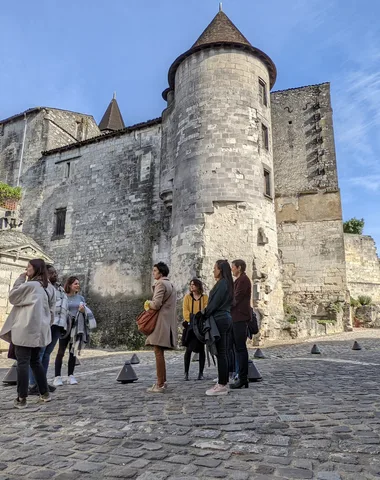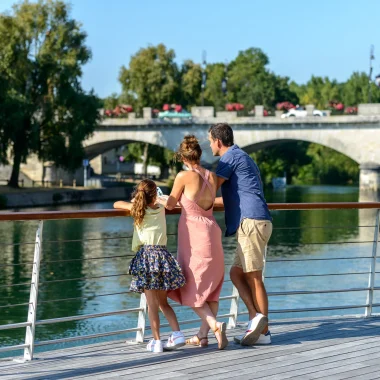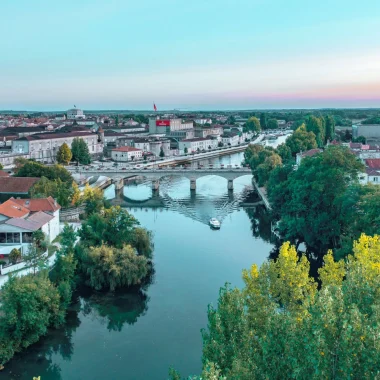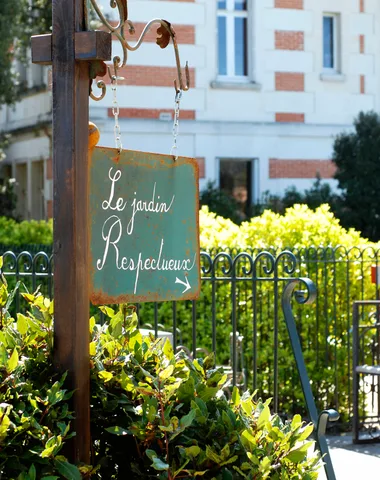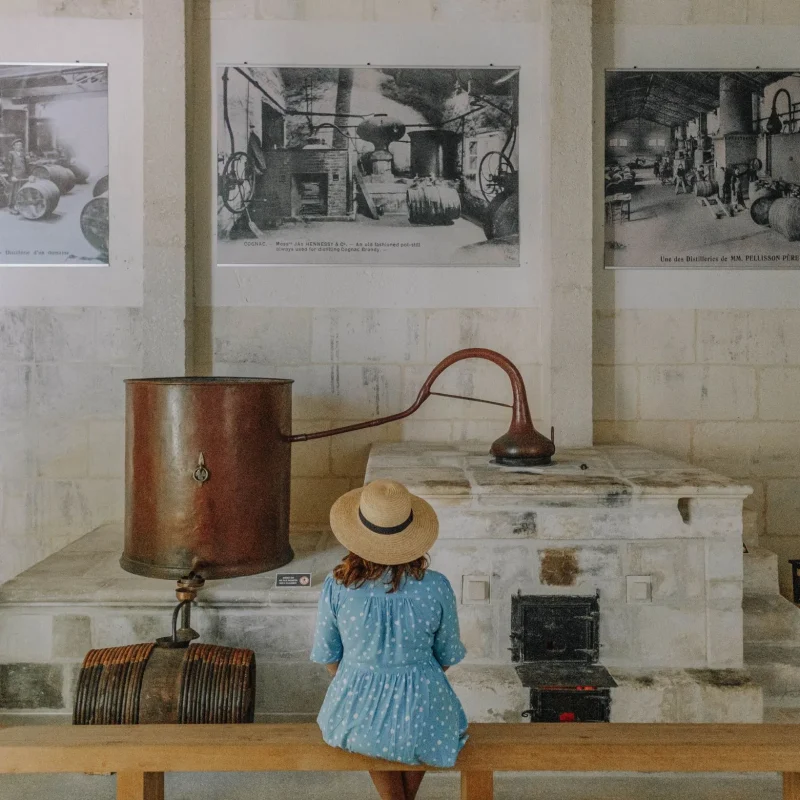Why is François 1st mentioned so many times in the town of Cognac? Because, before leaving a lasting architectural mark on the valley of the Loire, François 1st saw the light of day beside the Charente in the château de Cognac.
By granting his “good and trustworthy” birthplace a host of privileges, the king ensured the town’s early economic and cultural development. Let’s take a look at this prestigious past …
Guided tours
In Cognac
Visite de la maison Orbis Terrae du créateur de globes terrestres Gael Gaborel
Visite de l’atelier d’Estampes imprimerie d’art l’ADN de Laurent Nicolaï
Places not to miss!
The Saint Léger church
In 1031, the disciples of Saint Benoît (Benedict) founded a priory with a modest church and monastery buildings. Between 1130 and 1140 they built the current church in the Latin cross form with domes. The Romanesque façade was changed for ever in the 15th century by the addition of a large, flamboyant rose window. Don’t miss the signs of the zodiac and the work schedule for the months of the year on its portal.
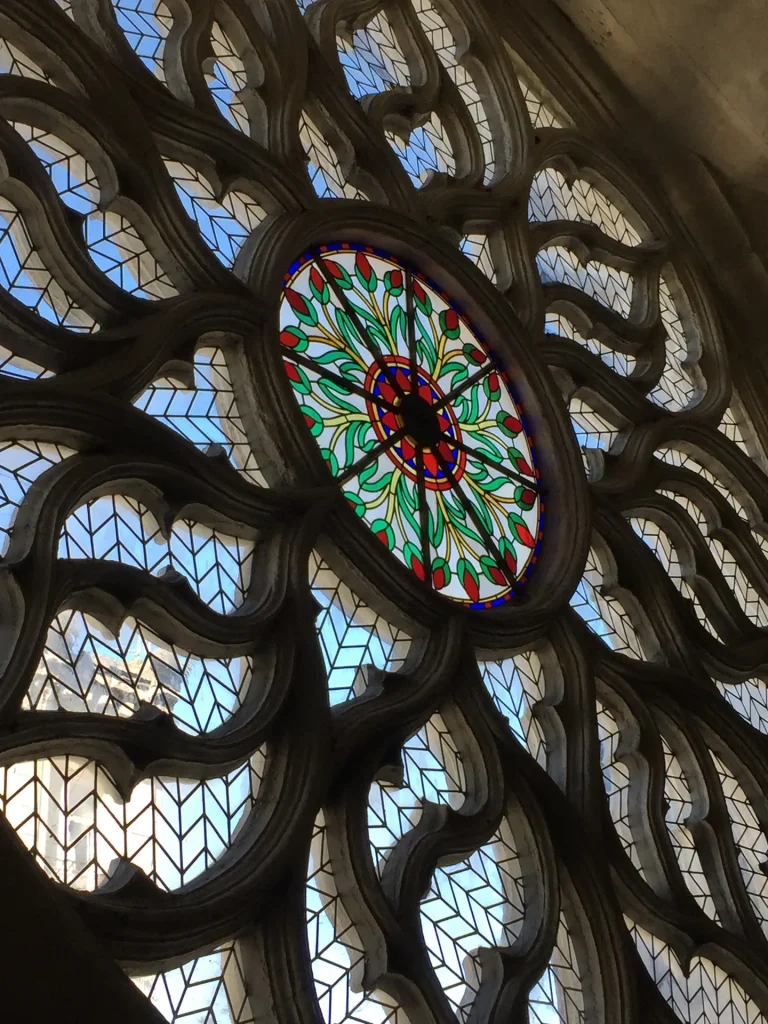
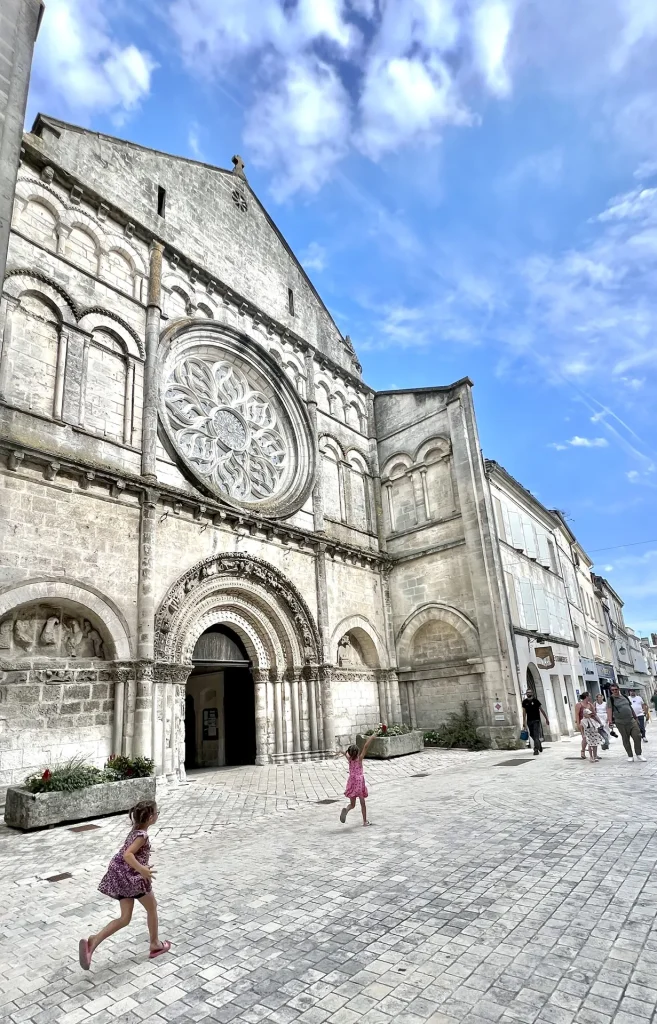
The Charente quaysides
From that time, and then with the development of the eau-de-vie trade, the quays along the Charente became the focal point of the town.
Porte Saint Jacques
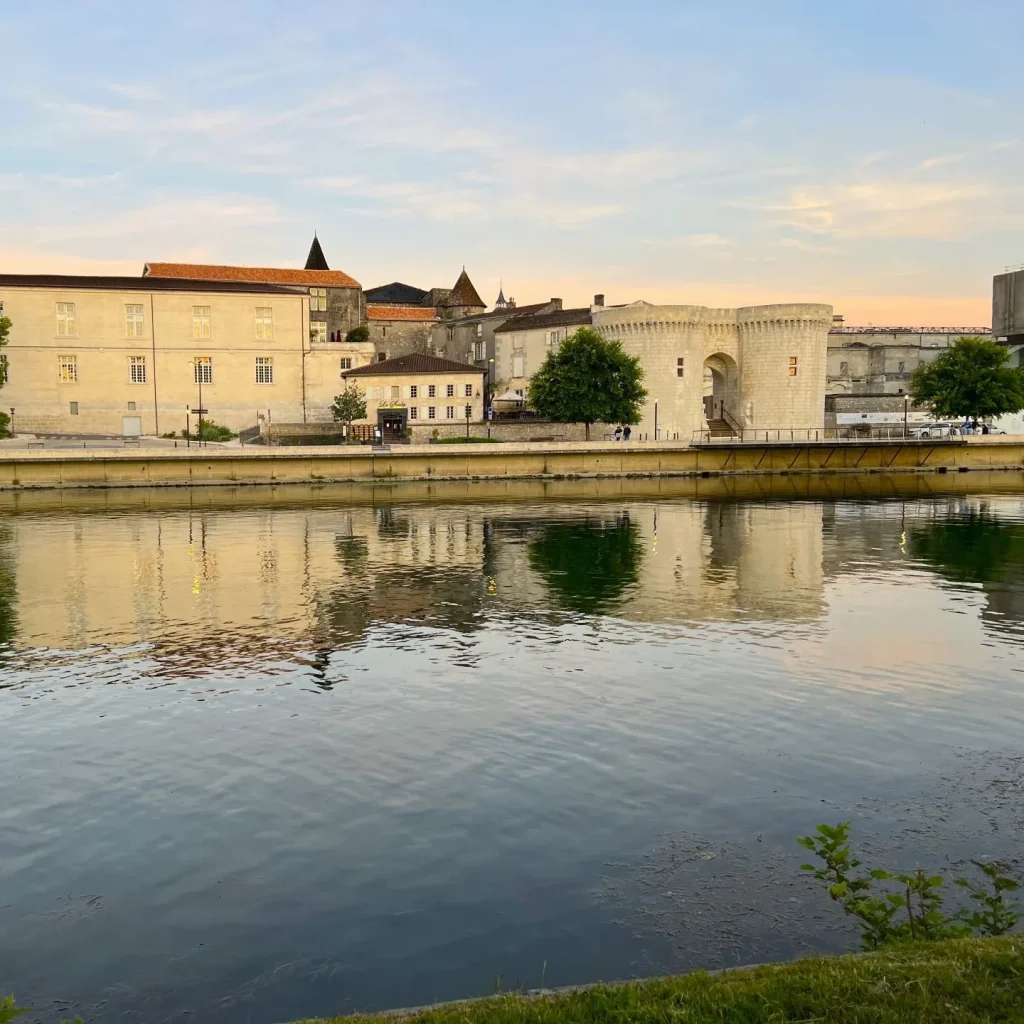
The two curtain towers, known as Tours Saint Jacques or Porte des Ponts, are the most visible remains of what were the fortified medieval walls. Opposite the towers, a medieval bridge that was demolished in 1855, allowed access to the other bank of the Charente.
In 2025, you can visit the Porte Saint Jacques!
A scenographic tour is organised around 4 rooms that tell the story of the gateway. Admire the panoramic view of the old town and the River Charente from the terrace…
Focus on
La maison de la Lieutenance
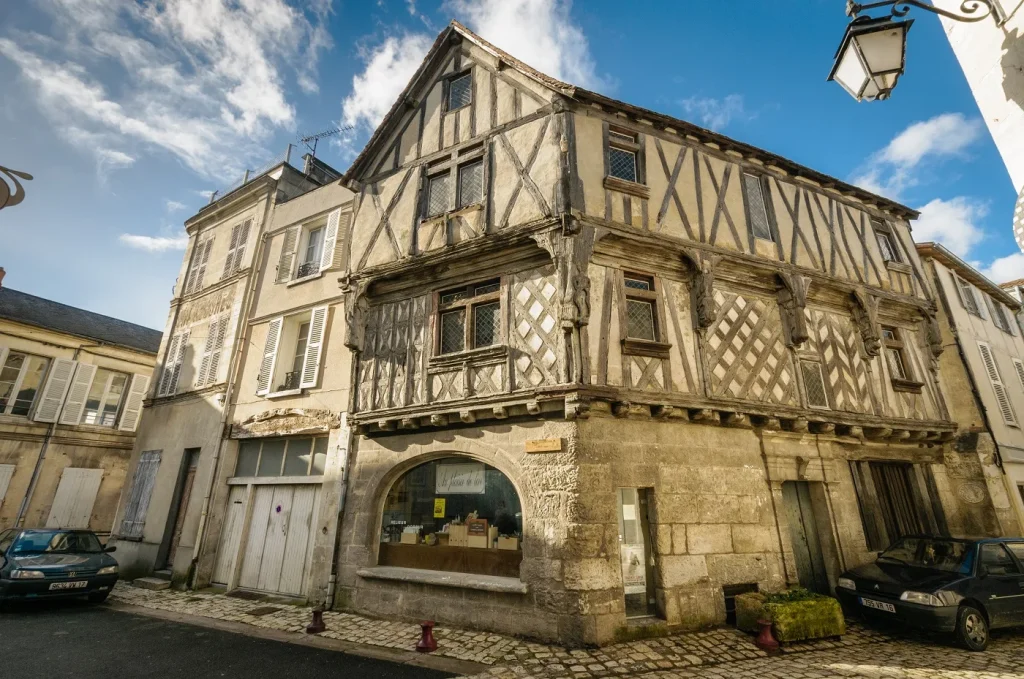
La maison de la Lieutenance is a timber-framed house in the old town, situated at the start of Rue Grande, the main street in the Middle Ages and until the middle of the 19th century. Although its origins were medieval, the house was rebuilt in the 17th century by Pierre de Lacombe, the town’s Lieutenant General.
The pieces of sculpted wood on the façade probably date from the 15th century and were reused during the reassembly of the timber frame. The door, flanked by pilasters, and interior improvements (fireplaces, paintings) are 17th century.
Despite these modifications, La Lieutenance has all the characteristics of a house from the end of the Middle Ages with its ground floor in dressed stone and an elevation in timber and oriel windows.




